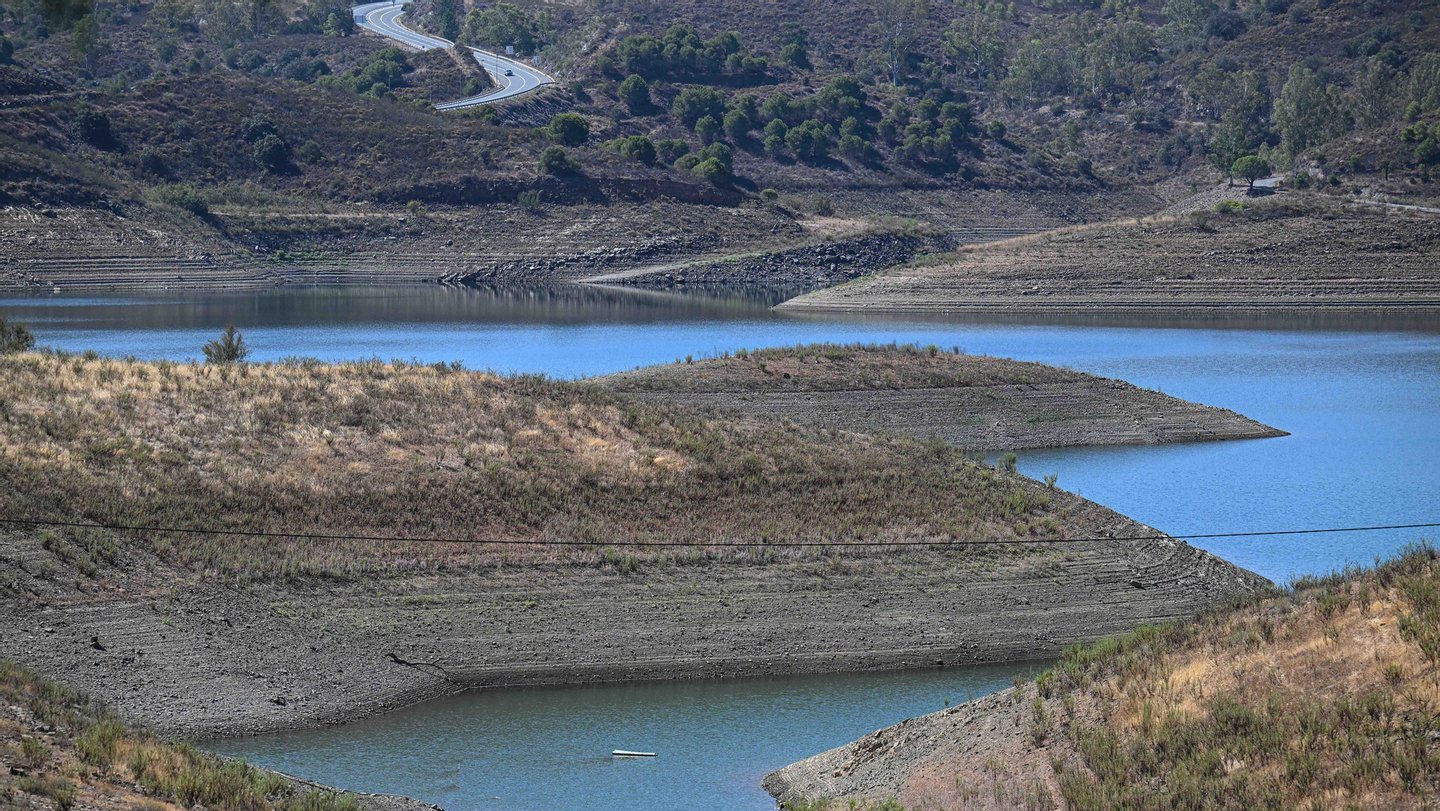The latest rains had an almost zero impact on the water levels of the Algarve dams and the available volume guarantees a year of public supply, estimated a source from the Ministry of Environment and Climate Action (MAAC).
Asked by Lusa about the current situation of the dams, after the rains recorded in October, and about the effects of the drought in the Algarve, the ministry replied that “the total volume stored” in the regional reservoirs is 145 cubic hectometres of water. Y Public supply is assured until 2023in case the precipitations do not allow a recovery of the reserves.
The MACC clarified that the value of 145 hectometres refers to the total volume stored in the six reservoirs in the Algarve region: Arade, Bravura, Funcho and Odelouca, in the west (west), and Beliche and Odeleite, in the east (east ) – and pointed out that measures were adopted to promote a strategy to control water consumption and availability.
“In the Algarve region, the volume stored in the reservoirs is around 145 hm3 [hectómetros cúbicos], which guarantees a year’s supply for public consumption. The total volumes stored in the reservoirs have remained unchanged since September”, diagnosed the Ministry of Environment and Climate Action (MAAC).
The scarcity of water in the Algarve, one of the regions of the country most affected by drought, is visible in the data provided on November 4 by Águas do Algarve, according to which the levels of the three dams under his management (Odelouca, Beliche and Odeleite) range between 17 and 14%.
In total, the three dams have the capacity to store close to 280 cubic hectometres of useful volume, but, as of November 4, only 45.17 cubic hectometres were available: 19.89 in Odelouca (15.52%), 18.90 in Odeleite (17.37%) and 06.38 cubic hectometres in Beliche (14.88%).
In the response sent to Lusa, the MAAC considered that the joint action that is underway with those responsible for the region is accompanied by the “necessary financing” to implement “the main lines of action” of the strategy that was defined, through of Recovery and Resilience (PRR), which has an endowment of 200 million euros for this purpose.
“The ongoing investment, financed by the PRR, for an amount of 200 million euros, develops the bases of the Algarve Regional Water Efficiency Plan and favors the adoption of measures on the demand side (minimization of water losses) and the management of the resource, as well as the increase in the availability of water in the region”, considered the MAAC.
Among the planned investments are 35 million euros to “reduce water losses in the urban sector”, by improving and renewing supply infrastructures “in low water systems”, or 17 million euros to “reduce water losses and increase efficiency in the agricultural sector”. sector” through better control and monitoring of consumption.
“Strengthen the governance of water resources (5 million euros), investing in the reinforcement and modernization of the control systems of availability and consumption” and “the use of treated wastewater (23 million euros), through the treatment additional water and its transport to destination points”, are other actions planned with financing from the PRR.
It is also planned to increase the “resilience of the existing high-altitude reservoirs/water supply systems (75 million euros), by reinforcing the connection between the supply systems in the eastern and western Algarve”, the reinforcement of the “entrances to the Odeleite deposit with a van [no rio Guadiana] in Pomarão”, in the municipality of Mértola, and the “construction of a desalination plant (45 million euros)”, the ministry also listed.
The MAAC highlighted that the management is being carried out “within the permanent commission for the prevention, monitoring and follow-up of the effects of the drought, created in 2017, and within the scope of the Albufeiras Management Council”, and the main The objective is “to safeguard as a priority use of public supply”.
Source: Observadora
